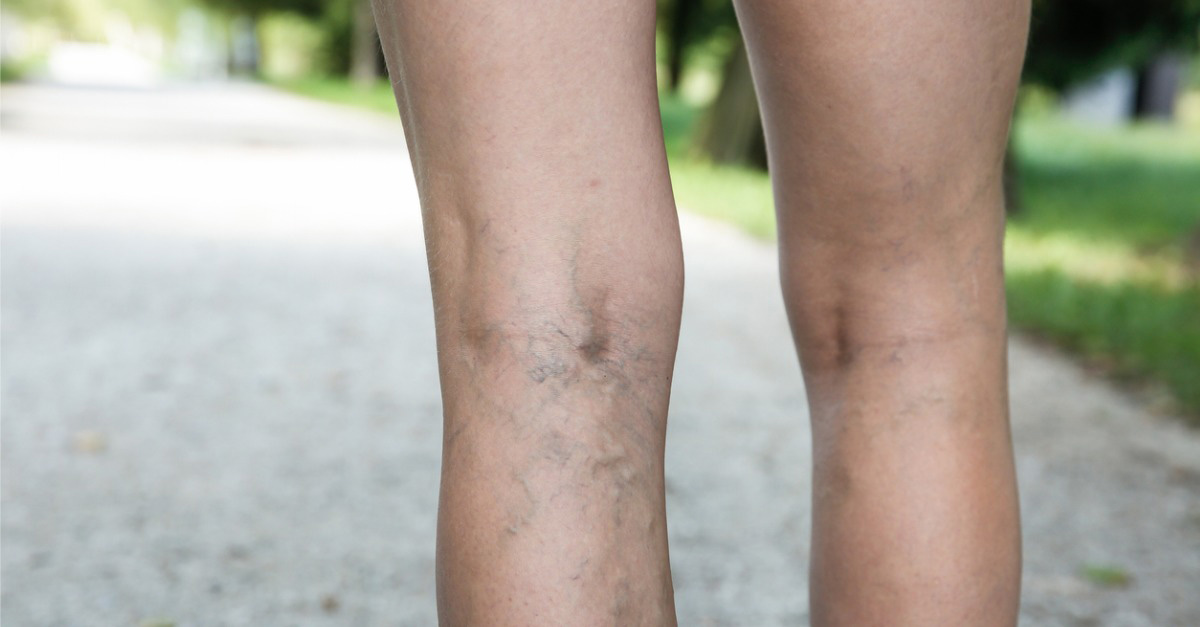If you experience leg swelling, pain, and varicose veins, you could have chronic venous insufficiency. This condition is caused by venous reflux, an issue which causes the valves inside your veins to fail, rendering them unable to pump blood back up to your heart as they normally would.
Managing chronic venous insufficiency first calls for an accurate diagnosis (usually via medical imaging), as well as an assessment of your specific symptoms. Depending on the nature of your condition, our specialists may recommend one or more of the following treatments.
Lifestyle Changes for Chronic Venous Insufficiency
In mild cases, certain lifestyle modifications may be enough to alleviate the symptoms of chronic venous insufficiency. Here are some practices you might try to support better vein health:
- Dietary modifications: Certain foods can promote better circulation, which can therefore make it easier for the veins in your legs to pump blood back up to your heart. Fatty fish, spinach, berries, and walnuts are a few vein-healthy foods to consider. You’ll also want to avoid or cut back on foods that can spike your “bad” cholesterol, and thus hinder circulation, such as those high in saturated fats. Stay hydrated, too, as drinking enough water can also help prevent blood from becoming thicker and sluggish.
- Regular exercise: Physical activity boosts circulation, which can help to control the risk of venous issues like varicose veins. Moderate-intensity activities like swimming, walking, and yoga are best for vein health.
- Avoiding long periods of sitting (or standing): Prolonged periods of sitting or standing can reduce circulation and put excess pressure on your lower legs, worsening chronic venous insufficiency. If you sit for work, set a timer to get up and stand at least once an hour. Likewise, be sure to take frequent breaks to sit if you’re on your feet most of the day.
- Elevate your legs: Putting your feet up for 20– to 30–minutes throughout the day can improve circulation and reduce pressure on your feet, legs, and ankles. For the best effects, make sure your legs are positioned higher than your heart.
Compression Therapy
Compression therapy involves the use of compression socks to enhance the muscle pump function in your legs, which reduces the pooling of blood seen in chronic venous insufficiency. Compression socks can be purchased online or in most pharmacies, and you don’t need a doctor’s approval to start wearing them. With that in mind, it’s always a good idea to discuss health concerns with a physician first, particularly if you’re at risk of blood clots or diabetes.
Medications & Procedures to Treat Chronic Venous Insufficiency
“When lifestyle changes aren’t enough to control chronic venous insufficiency, medical treatments may be needed,” says Dr. Emily Lagergren.
For example, anticoagulants may be prescribed to prevent the formation of blood clots, while antibiotics can be given to treat ulcers caused by the condition.
Additionally, there are minimally invasive procedures available to address varicose veins caused by chronic venous insufficiency.
Sclerotherapy, for example, is a process in which a solution is injected into smaller varicose veins to close them. Endovenous laser therapy (EVLT) may also be used to treat varicose veins using light therapy in a 20–30 minute procedure. In severe cases, surgeries such as vein stripping may be needed to promote optimal circulation in the legs.
Venous issues like chronic venous insufficiency can be complex, but our award-winning specialists have the expertise needed to find the right treatment for you. If you’re experiencing a vein-related issue, call 770-423-0595 to schedule an appointment or view our locations online.





